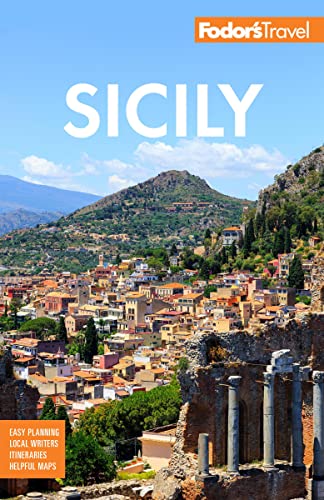Despite being home to two of the most famous sights in Sicily—the Greek temples of Agrigento and the Roman mosaics of Piazza Armerina—this is an area that will appeal primarily to travelers who are already in love with Sicily and curious to find out more. Along the coast are fantastic sandy beaches protected by nature reserves while in the unspoiled interior, rural traditions ranging from snow-harvesting and ice-cream-making to bread-baking, cheese-making, and foraging for wild greens can be experienced firsthand.
Although most towns here have moments of architectural beauty, their historic centers can be in various states of preservation and decay and are almost inevitably ringed by unattractive modern outskirts. Most smaller villages and towns have little in the way of quality tourist infrastructure; in-town accommodations tend to be functional rather than fashionable and aimed at the business traveler. Thankfully, there are several truly outstanding places to stay in the countryside. Indeed, the ideal way of experiencing this part of Sicily would be to select two or three lovely country hotels with restaurants as your bases and explore the surrounding areas through day trips.
Few other areas of Sicily will give you such an intense sense of being off-the-beaten tourist track. Come in early spring or late autumn and you may well find that you are the only visitor to an immense ancient site like Morgantina, to the Byzantine cave village near Calascibetta, or to one of the even more undiscovered sites like the Cava di Casa quarry, strewn with column discs that broke before they could be transported to build the temples in nearby Selinunte. The port town of Mazara del Vallo is the only place in Sicily where, every evening, you can hear the call of the muezzin in its medieval Kasbah, while up in the hills above Cammarata, you can see how until the last century, Sicilians used techniques introduced by the Arabs to preserve snow throughout the summer. There are acute reminders of harsher episodes of history, too, from the fiendish defenses of hill towns fearing attack and museums recording rural poverty to the horrendous conditions of sulfur mines and the reminders of World War II around the town of Licata.
There is also plenty to appeal to the hedonist, like the unspoiled beaches of the Torre Salsa nature reserve, the remote and magical island of Pantelleria, any number of simple yet excellent seafood restaurants, and innovative wineries both on the mainland and on the island of Pantelleria.




